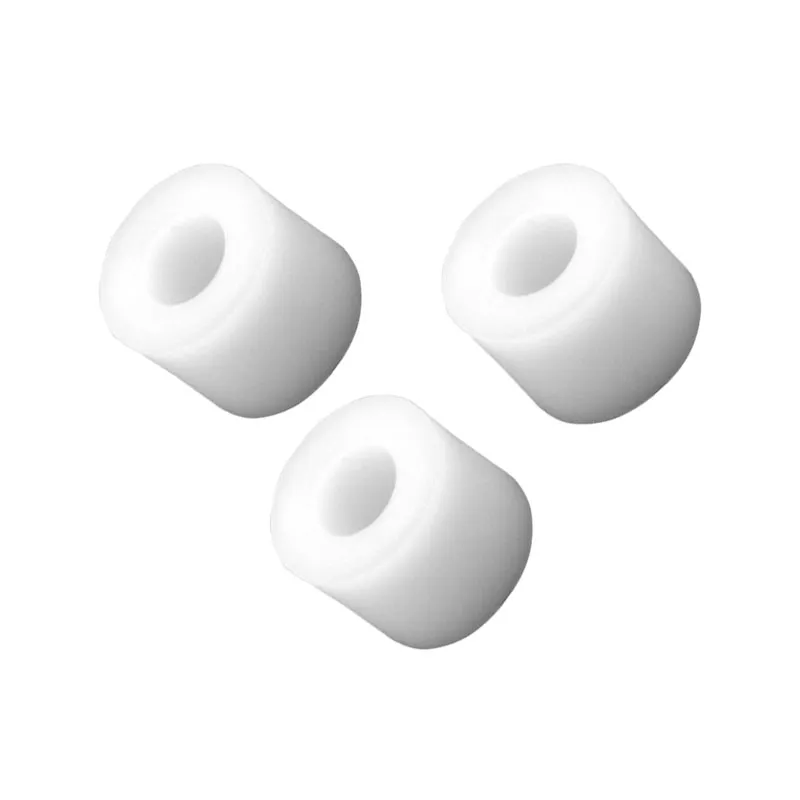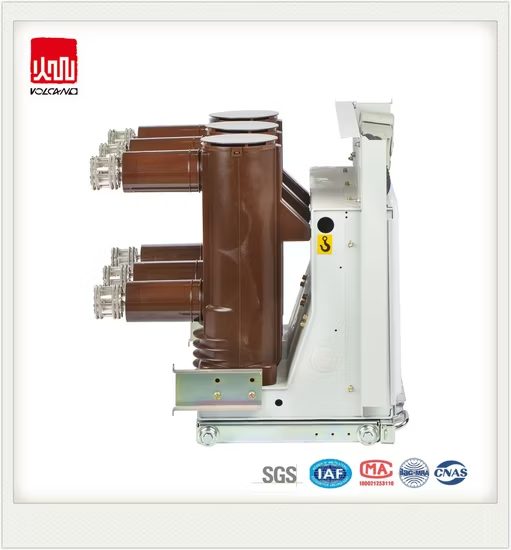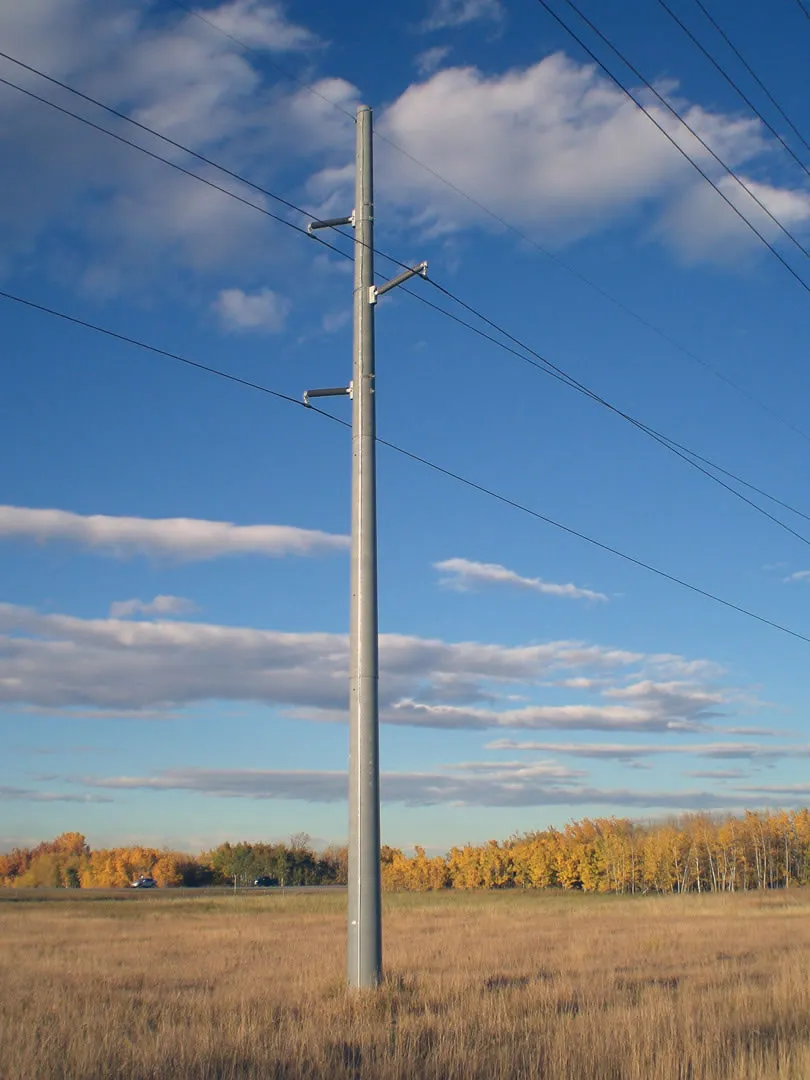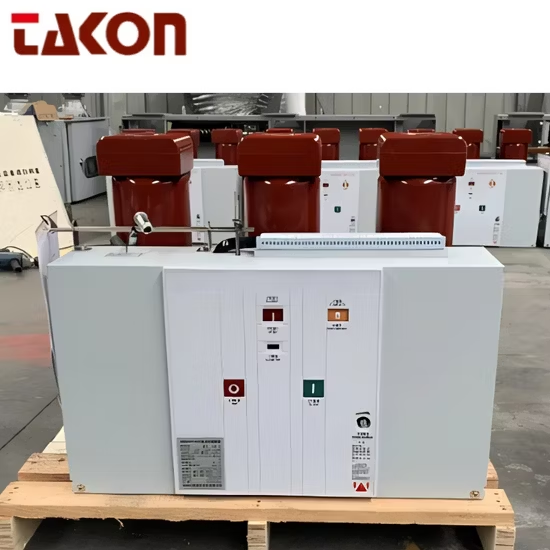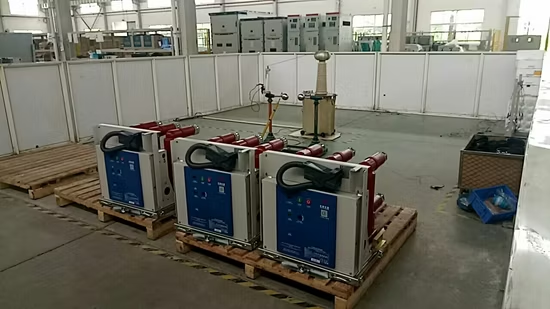
Hrw 12kv 35kv 100A 200A Outdoor High Voltage Protection AC Drop
Description
Basic Info.
| Model NO. | HRW |
| Standard | UL |
| The Rated Voltage Lightning Shock | 125kv |
| Leakae Distance | 250/320/530/900mm |
| Frequency Voltage to Dry | 42kv |
| Frequency Voltage Wet | 30kv |
| Weight | 6-8kg |
| Impulse Voltage Bil | 110/125/150/170 Bil |
| Breaking Current | 6300-12500A |
| Mechanical Life | 500 Times |
| Use | Transmission Line Branch and Transformer Protecti |
| Rated Frequency | 50Hz |
| Material | Ceramic |
| Place of Use | Outdoor |
| Rated Currrent | 100-200A |
| Fuse Current | 100-200A |
| Rated Voltage | 15/24/36kv |
| Transport Package | Carton/ Shipping |
| Specification | 40*36*11.5cm/50*38*16cm |
| Trademark | CNKC |
| Origin | China |
| Production Capacity | 5000PCS/Monthly |
Product Description
Drop-out fuse cutout and load switching fuse cutouts are outdoor high voltage protection devices. They are connected with the incoming feeder of the distribution transformer or distribution lines. These are primarily used to protect transformers or lines from short circuits and overloads and switching currents. The drop-out fuse unit is composed of insulator supports and a fuse tube, static contacts are fixed on two sides of the insulator support and moving contact is installed on two ends of fuse tube. The interior of the fuse tube is the extinguishing tube. the exterior is made of the phenolic compound paper tube or epoxy glass. Load switching cutout fuse provides stretch auxiliary contacts and arc-extinguish closure for switching on/off loading current.In normal operation, the fuse link is tightened to form tho closed position. In the fault current situation, the fuse link melts and an electrical arc is formed. The arc-extinguishing tube is as occurs. This causes high pressure inside the tube and causes the tube to separate from the contacts. The strength of the contact is relaxed once the fuse elements melt. The cutouts now in the open position, the operator needs to switch the current off. Then with an insulated operating bar, the moving contact can be pulled off. The main contact and auxiliary contact is connected.
1. Installation of drop fuse:(1) The melt should be tightened during installation (so that the melt is subjected to a tensile force of about 24.5N), otherwise it is easy to cause the contact to overheat.(2) The fuse installed on the cross arm (frame) should be firm and reliable, and there should be no shaking or shaking.(3) The melting tube should have a downward inclination angle of 25°±2°, so that the melting tube can quickly fall by its own weight when the melt is blown.(4) The fuse should be installed on the cross arm (frame) with a vertical distance of not less than 4m from the ground. If it is installed above the distribution transformer, it should maintain a horizontal distance of more than 0.5m from the outer contour boundary of the distribution transformer. A fall of a melting tube caused other accidents.(5) The length of the fuse tube should be adjusted moderately. It is required that the duckbill tongue can hold more than two-thirds of the length of the contact after closing, so as to avoid the misoperation of self-falling during operation, and the fuse tube should not hit the duckbill. , in order to prevent the melting tube from falling in time after the melt is blown.(6) The melt used must be a standard product of a regular manufacturer, and has a certain mechanical strength. Generally, the melt is required to withstand a tensile force of more than 147N.(7) The 10kV drop-out fuse is installed outdoors, and the distance between phases is required to be greater than 70cm.Second, the operation of the drop fuse:Under normal circumstances, it is not allowed to operate the drop fuse with load, only it is allowed to operate the no-load equipment (line). However, branch lines of 10kV distribution lines in rural power grids and distribution transformers with rated capacity less than 200kVA are allowed to operate with load according to the following requirements:(1) The operation shall be carried out by two persons (one to monitor and one to operate), but must wear qualified insulating gloves, insulating boots, and goggles, and operate with qualified insulating rods with matching voltage levels. Operation is prohibited in heavy rain.(2) During the operation of the gate, it is generally stipulated that the middle phase is pulled first, then the leeward side phase is pulled, and then the windward side phase is pulled. This is because the distribution transformer is changed from three-phase operation to two-phase operation, and the arc spark generated when the intermediate phase is broken is small, which will not cause a short circuit between phases. The second is to break the leeward side phase, because the middle phase has been pulled apart, and the distance between the leeward side phase and the windward side phase has doubled. Even if there is an overvoltage, the possibility of short circuit between phases is very small. When the windward side phase is pulled back, there is only a capacitive current to the ground, and the spark generated is very slight.(3) When closing, the operation sequence is reversed when closing, first close the windward side phase, then close the leeward side phase, and then close the middle phase.(4) Operating the melting tube is a frequent item. If you don't pay attention, it will cause the contact to burn and cause poor contact, overheat the contact, and anneal the spring, which will make the contact worse and form a vicious circle. Therefore, when pulling and closing the fusion tube, use moderate force. After closing, carefully check that the duckbill tongue can be tightly buckled for more than two-thirds of the length of the tongue. You can use the brake lever to hook the upper duckbill and press down a few times. Try pulling again to check if it fits properly. When the switch is closed, it is not in place or not firmly closed, and the static contact pressure on the fuse is insufficient, which can easily cause the contact to burn or the fuse tube to fall by itself.

A corner of the production workshop


Product packaging

Product application case

Our Contact


